6 Top Reasons To Use Handwriting
Do you write anymore?
I don’t mean do you type.
I’m talking about good old-fashioned handwriting.
You know, that very human practice most of the world seems to have abandoned post digital revolution?
It may seem practical and smart. After all, using a keyboard is definitely quicker.
But something critical gets lost in translation.
Emotional Connection
Not just to your audience, but to yourself.
Could keyboarding be causing you to disconnect? To lose your passion?
This is why writers including J.K. Rowling, Stephen King, Danielle Steele, John Updike and Joyce Carol Oates have rejected word processors and computers in favor of writing by hand. At least for their first drafts.
CAVEAT: Don’t fall into the trap of thinking these “handwriting people” are all just “old,” “old school,” or “stuck in their ways.” Rather, they intuitively discovered things about hand writing. All subsequently borne out by neuroscience. Once upon a time I intuited this as well. I couldn’t imagine giving up my yellow writing pad and pens of various colors. How would I think expressively if forced to type everything? Gradually, I was persuaded (shamed?) to jump on the bandwagon of modernity and efficiency. And, lo and behold, it was incredibly efficient. So fast! I got used to editing as I went along. Pretty soon I couldn’t envision ever going back. BUT…
But… after many years on the wrong track, I’m coming to understand the documented benefits of composing by hand.
Writing By Hand Offers Psychological Benefits
You can learn more about some of these benefits from specific studies here (improves memory and promotes deep encoding); here (bolsters learning), and here (advances idea generation), to name just a few.
Today I want to share six of these benefits I think you’ll find most relevant to your nonprofit work.

 You are known by the company you keep.
You are known by the company you keep.
 Have you ever received confoundingly terrible customer service? Maybe at a restaurant, hotel, fast food restaurant or retail outlet? It happens all the time and, likely, you’ve thought to yourself: “Why on earth are they treating me like this? It’s so stupid! Don’t they realize I’ll never come here again?”
Have you ever received confoundingly terrible customer service? Maybe at a restaurant, hotel, fast food restaurant or retail outlet? It happens all the time and, likely, you’ve thought to yourself: “Why on earth are they treating me like this? It’s so stupid! Don’t they realize I’ll never come here again?”
 There’s a lot of potential legacy giving out there in the universe. Per
There’s a lot of potential legacy giving out there in the universe. Per 
 I confess I know virtually zip about artificial intelligence.
I confess I know virtually zip about artificial intelligence.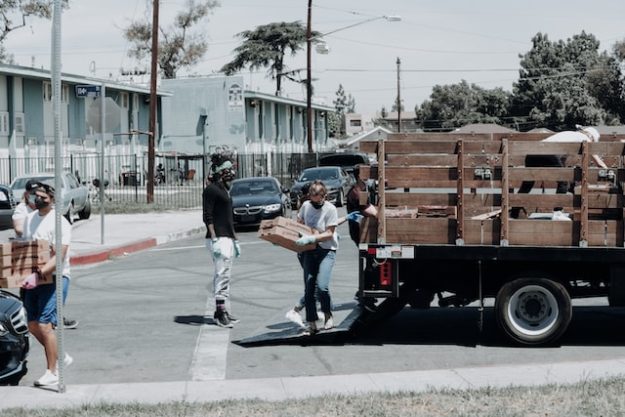
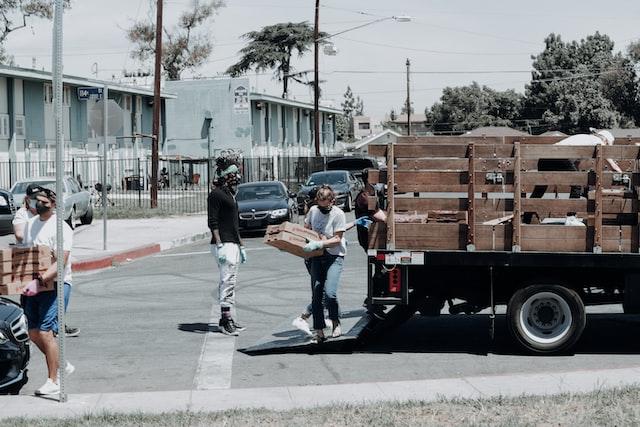 For many nonprofits, the yearly annual report is often just another task on a very long to-do list. Most charities are juggling a lot—development, program maintenance, fundraising, and more—and the annual report can feel like yet another mandatory routine project. One that often gets handled at the last minute without much intentional care and effort.
For many nonprofits, the yearly annual report is often just another task on a very long to-do list. Most charities are juggling a lot—development, program maintenance, fundraising, and more—and the annual report can feel like yet another mandatory routine project. One that often gets handled at the last minute without much intentional care and effort.



 Okay, I recently let folks know I’d “finagled” a discount for them. After one reader told me the word “finagle” means “to obtain something by devious or dishonest means,” I sent an apologetic “Ruh Roh” email. I received a lot of forgiving feedback. Thank you! Many of you kindly supported my initial use of the word “finagle.” Apparently, there is more than one definition.
Okay, I recently let folks know I’d “finagled” a discount for them. After one reader told me the word “finagle” means “to obtain something by devious or dishonest means,” I sent an apologetic “Ruh Roh” email. I received a lot of forgiving feedback. Thank you! Many of you kindly supported my initial use of the word “finagle.” Apparently, there is more than one definition. Have you started working on your annual appeal and year-end fundraising plan?
Have you started working on your annual appeal and year-end fundraising plan?
 You’ve got one month before fall fundraising season begins in earnest.
You’ve got one month before fall fundraising season begins in earnest.


 What I have for you is something you can do this week (or you can pick another week on your calendar that isn’t already overfilled with appointments, assignments, meetings and what-not). It’s really simple and really powerful. There’s one catch: you have to put aside 45 minutes/day for five days. If you’re resistant to change, read no further. This post isn’t for you. If, however, you have a hunch you might be able to move from good to great, then… read on (oh, and there’s a little bonus ‘gift’ at the end).
What I have for you is something you can do this week (or you can pick another week on your calendar that isn’t already overfilled with appointments, assignments, meetings and what-not). It’s really simple and really powerful. There’s one catch: you have to put aside 45 minutes/day for five days. If you’re resistant to change, read no further. This post isn’t for you. If, however, you have a hunch you might be able to move from good to great, then… read on (oh, and there’s a little bonus ‘gift’ at the end).
 In
In 
 For at least the past five years I’ve been actively encouraging nonprofits of all stripes to begin or ramp up their
For at least the past five years I’ve been actively encouraging nonprofits of all stripes to begin or ramp up their








 TRUTH BOMB:
TRUTH BOMB:

 Your organization won’t survive and thrive with only great fundraising technicians. You—and the entire social benefit sector—need organizational-development-grounded philanthropic facilitators. In fact, you need a team – maybe an entire village – filled with them!
Your organization won’t survive and thrive with only great fundraising technicians. You—and the entire social benefit sector—need organizational-development-grounded philanthropic facilitators. In fact, you need a team – maybe an entire village – filled with them! All you’ve got to do is ask!
All you’ve got to do is ask!
 Legacy gifts don’t fall from the sky.
Legacy gifts don’t fall from the sky.
 What do you most need to sustain your nonprofit through thick and thin?
What do you most need to sustain your nonprofit through thick and thin? No one can do it alone, sitting in their own little corner.
No one can do it alone, sitting in their own little corner.

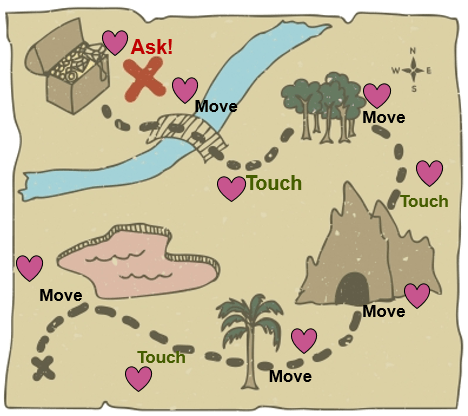


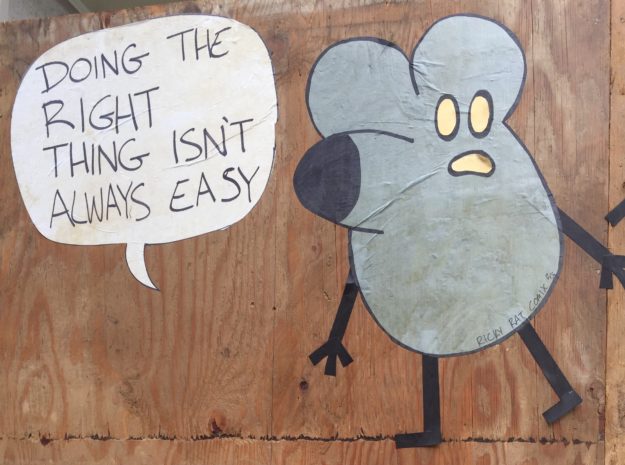
 Everyone is saying it.
Everyone is saying it.
 I often say “If you want gifts, you must give them.”
I often say “If you want gifts, you must give them.”
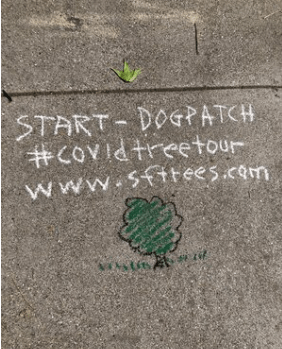

 These days you’re likely communicating with constituents digitally more than ever before.
These days you’re likely communicating with constituents digitally more than ever before.




 Fighting the good fight for your nonprofit’s cause is what you do best.
Fighting the good fight for your nonprofit’s cause is what you do best.